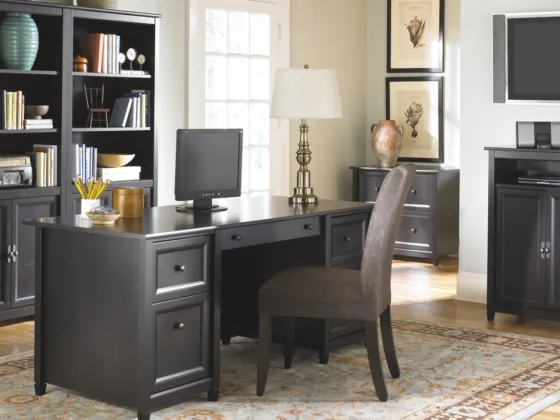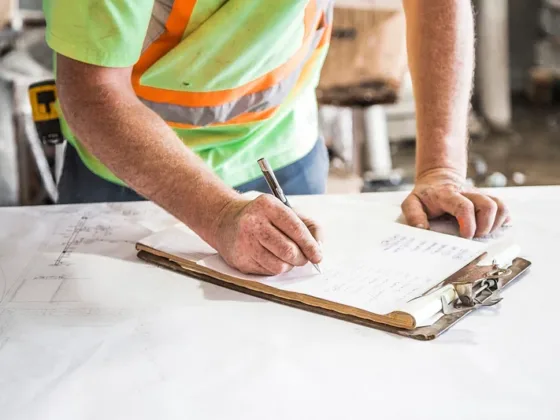Table of Contents Show
Health and safety are imperative in any workplace, particularly one based in an industrial setting. As long as heavy equipment, adverse weather conditions, and electronic appliances exist, hazards will lurk around every corner.
This is why at least one member of staff must take it upon themselves to conduct a regular check. However, just scanning around key areas won’t prevent accidents from occurring; a thorough inspection is required.
For example, slippery surfaces might be easily identifiable, but other dangers might be harder to find. Without the search for hazards being in-depth, the approach seems complacent and lackadaisical. Does the blame for an accident then fall at the safety officer’s feet? Quite possibly! So, here’s how you too can uncover potential hazards in the workplace:
Ask
First, conduct short meetings with members of staff to determine vulnerable areas. It might be that an accident has occurred but, on one such occasion, was unreported due to its minimal impact on the worker.
This might not always be the case, though; a minor slip could easily result in a heavy fall should the worker lose their footing. So, be sure to note down any reported incidents during your meetings before looking into the matter.
For instance, if you’re looking for slip-based hazards, you’ve then got enough time to apply anti-slip matting to the vulnerable area before any further problems arise.

History
Some of those that have fallen victim to a workplace incident may already have left the company, so gather any first aid reports and compensation claims you can find. You can then pinpoint any common themes or repeated incidents from the facts presented; allowing you to gain a clear picture of the hazards that exist.
Guidelines
Your colleagues might struggle to go about their work whilst constantly referring to a 300-page guidebook on health & safety. You should therefore be looking to produce posters that outline codes of conduct and safe ways of using the equipment.
Use bullet-points (around five to 10 per sheet) to concisely explain key information on sheets placed near their corresponding areas, or warning signs near any potentially hazardous walkways and corridors.
Pursue
Finally, keep an eye out for good and bad examples of practice after your safety measures have been implemented. Ensure that everyone is using equipment in the correct way and has taken your points on board, possibly rewarding those setting an example for their team.
You could always hire health and safety consultants to do a risk assessment of your workplace and create additional safety measures in place.











1 comment
Thanks for talking about work safety! Thanks for this! Really important when it comes to home construction sites as well.